One of our favourite instruments of 2024 gets even better as Polyend adds an experimental sample engine to Synth
Superbooth 2025: “I’ve always admired how Andy Stott builds tracks from just a few carefully shaped samples and his minimal, textural approach influenced the design”
Superbooth 25: Polyend Synth was released in late 2024 and immediately became one of our favourite new releases of last year.
In comparison to other Polyend grooveboxes like Tracker and Play, which put an emphasis on sequencing, Synth is all about playability, featuring three multi-functional synth engines that can be controlled using an adaptable grid of poly-aftertouch pads.
Now, ahead of this year’s Superbooth, Polyend has dropped an update for synth, which adds a whole new engine to the instrument. Labelled DWA – Dual Wave Architecture – this new mode makes use of two sample-based oscillators in order to specialise in playable textures and experimental patches.
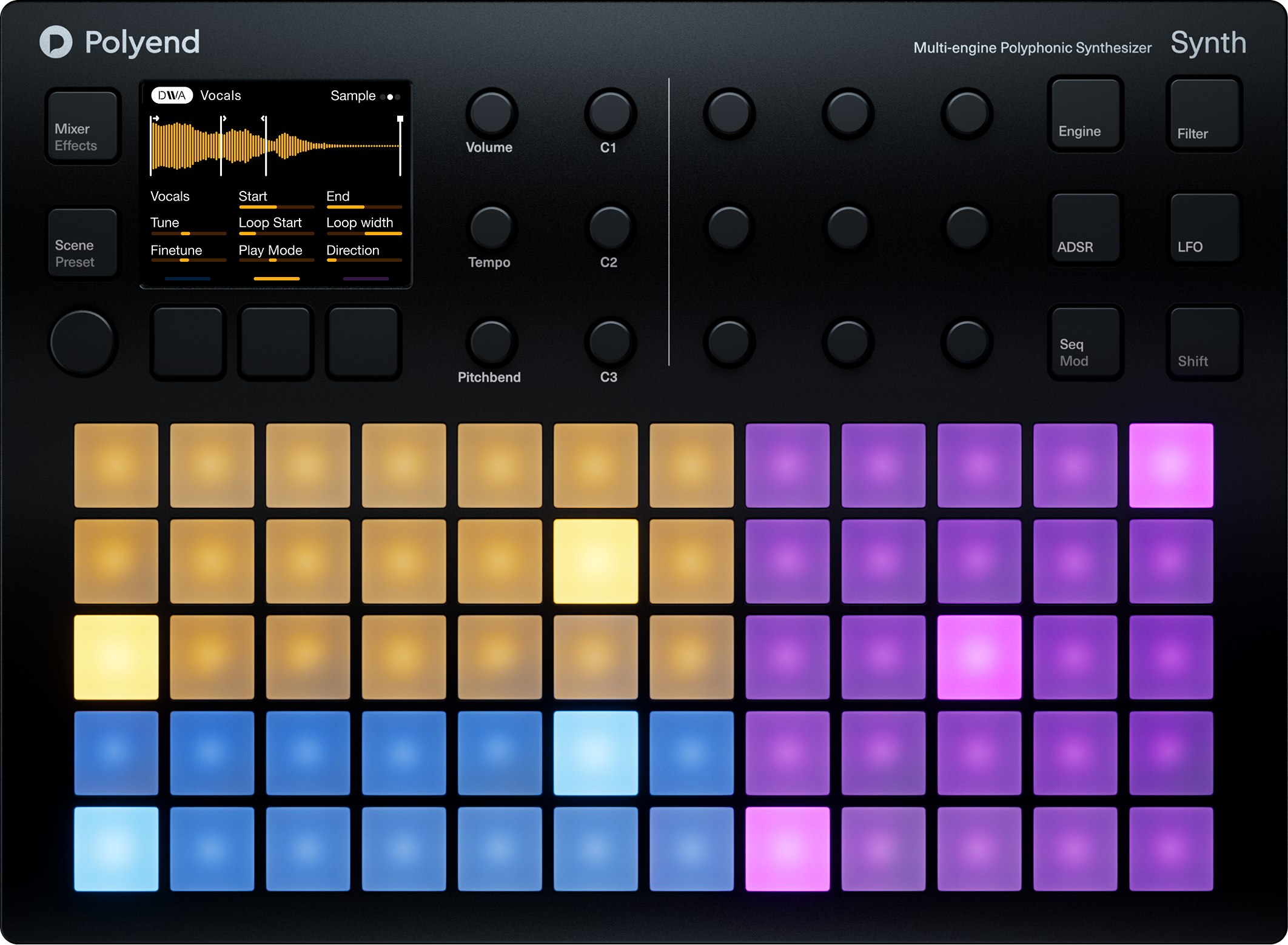
The two samples used by DWA can be cross-mixed, looped, reversed and randomised. The start and end points and loop position of each sample can be modulated using Synth’s LFOs or envelopes as well as manipulated on-the-fly using the instrument’s control rotaries.
DWA also features a feedback loop for each sample that can create delays or chorus/flanger effects. The delay times of each loop can be modulated, to create stuttering rhythmic effects. The feedback loops can also be set to track MIDI pitches too, allowing for the creation of tunable effects using short feedback times.
The DWA engine also packs a multimode filter, two LFOs and three envelope generators. As with other engines in Synth, all parameters can be controlled by the instrument’s polyphonic aftertouch for extra expressivity.
Alongside the firmware update itself, the 1.3 update comes with a selection of 100 samples and a healthy selection of presets to get you started, although users can also upload their own sounds for use with the new engine.
Want all the hottest music and gear news, reviews, deals, features and more, direct to your inbox? Sign up here.
“Many users were requesting a sample-based synth engine, and we wanted to give them one,” explains Polyend developer Karol Celiński. “We wanted to create something more than just a basic sample-based playback engine and we immediately started to consider how to push things further. I’ve always admired how Andy Stott builds tracks from just a few carefully shaped samples and his minimal, textural approach influenced the design.
“DWA is designed around dual sample layers—similar to our dual-oscillator synths. The outcome turned out to be very playable and expanded the sound design possibilities exponentially.The goal was to design a sample engine with lots of potential for modulation of how the loop plays back, the size of the loop, etc. Synced loops became one of the most unique aspects of this engine, I think it works differently than anything existing. Every looped sample creates a kind of rhythm on its own.
“What started as a simple idea quickly evolved into one of the most inspiring engines we’ve built, and it’s been great to see even our experienced sound designers getting excited by what they’re creating with DWA.”
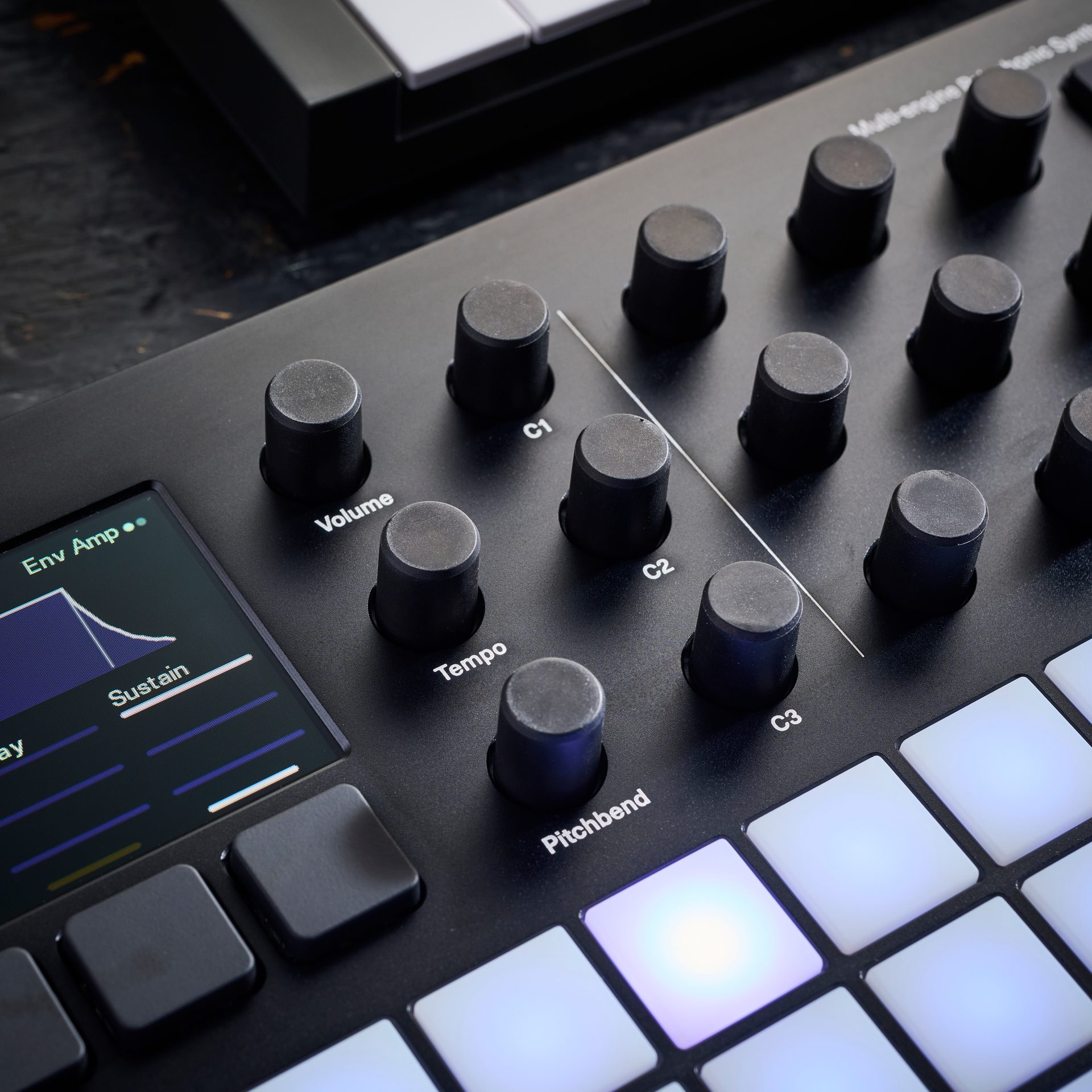
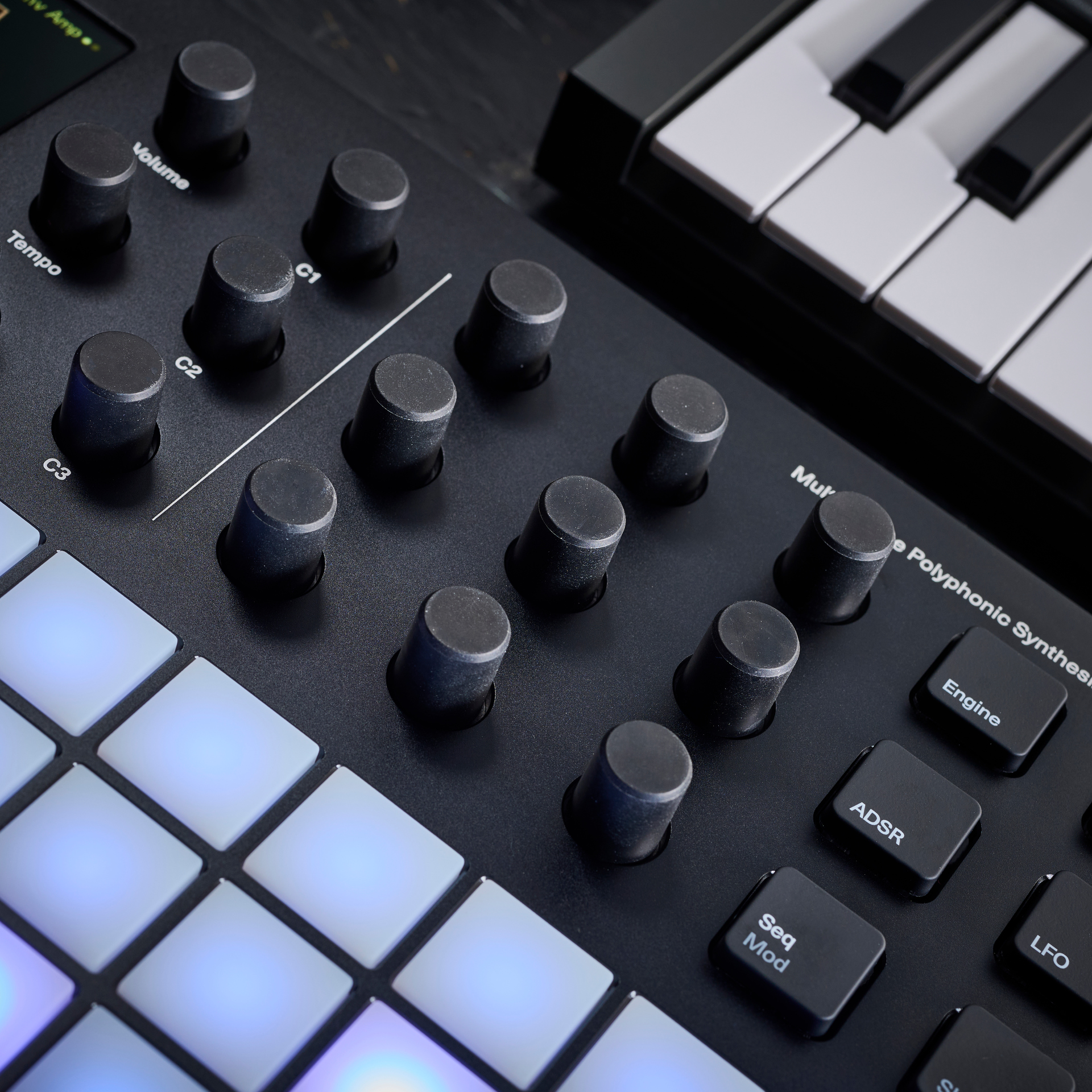
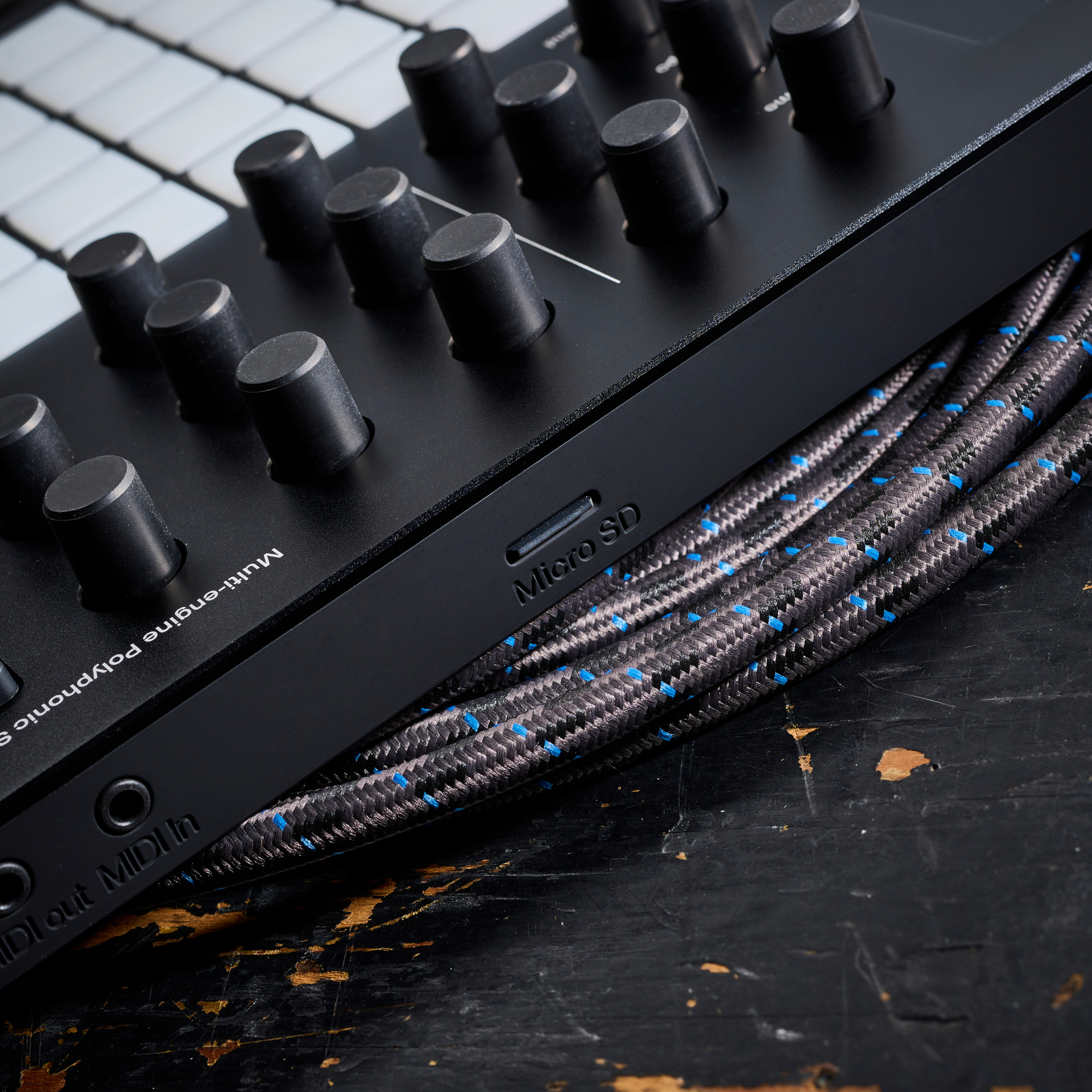
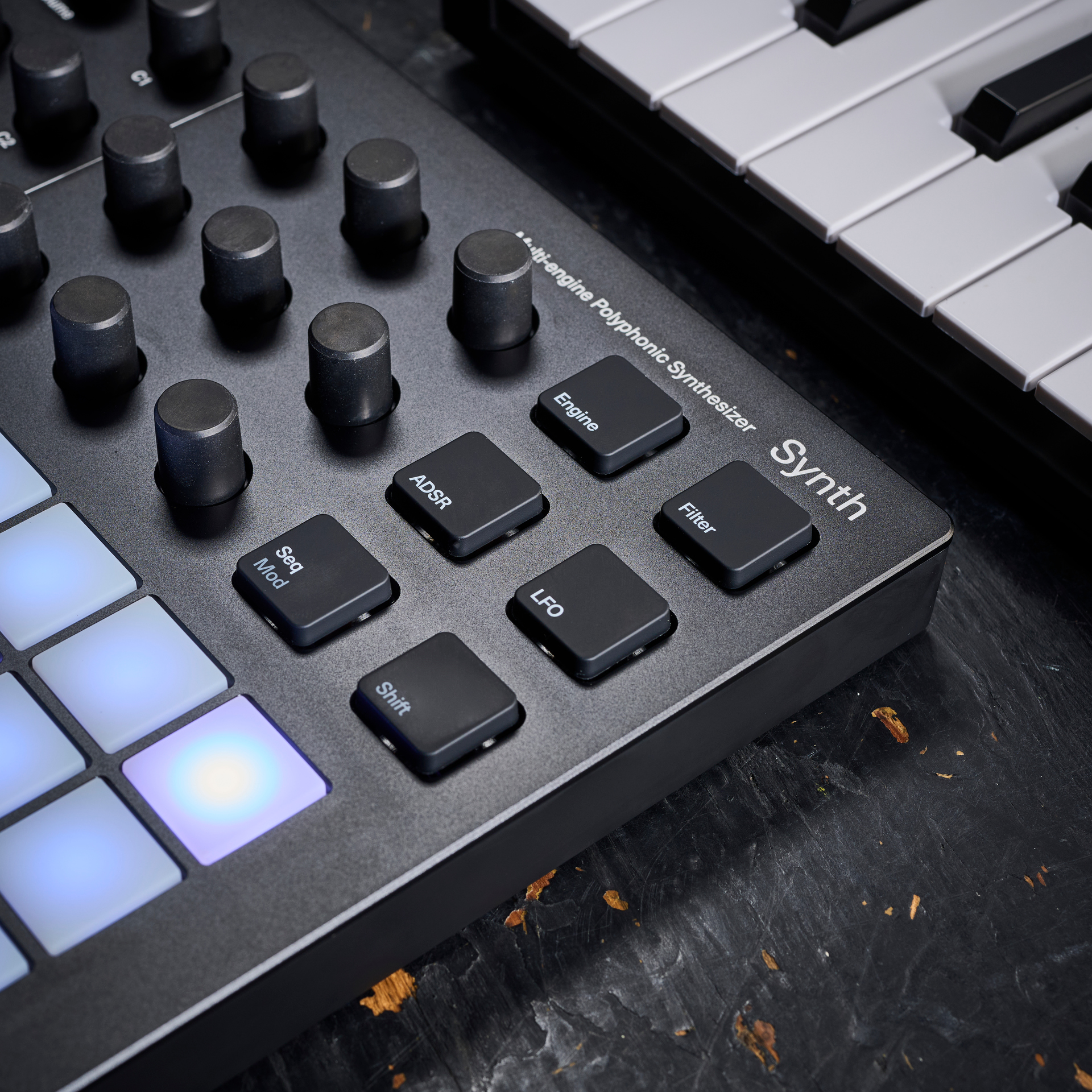
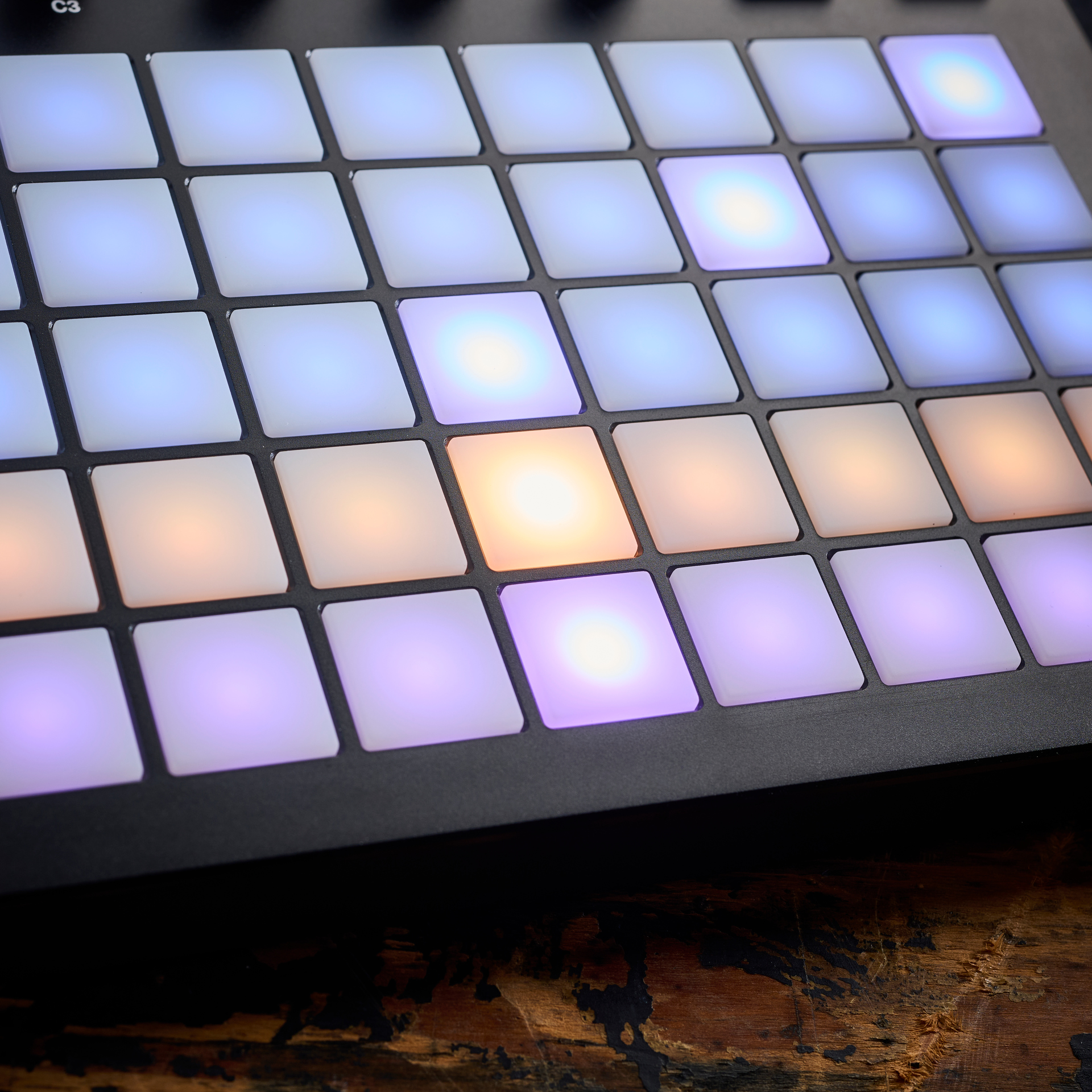
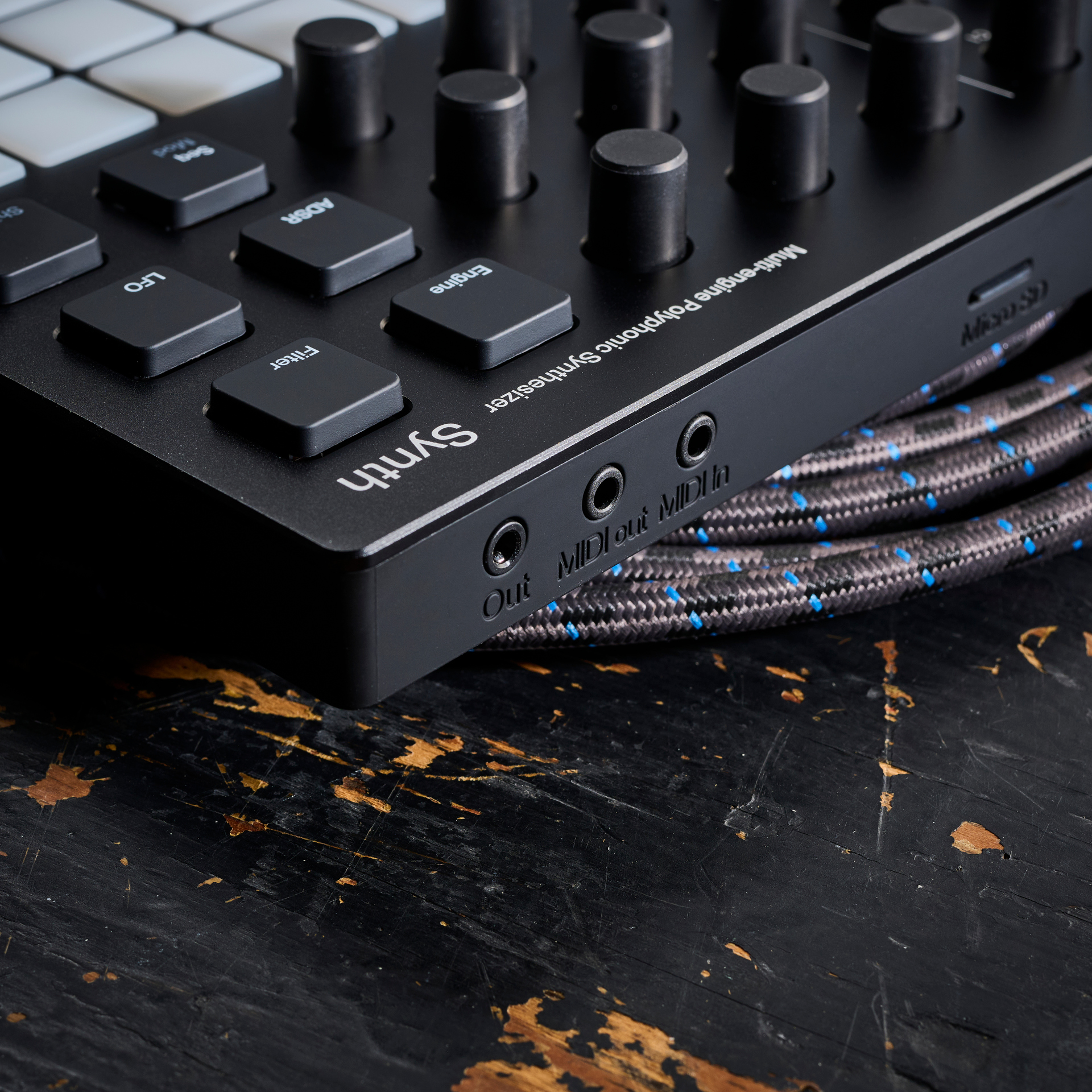
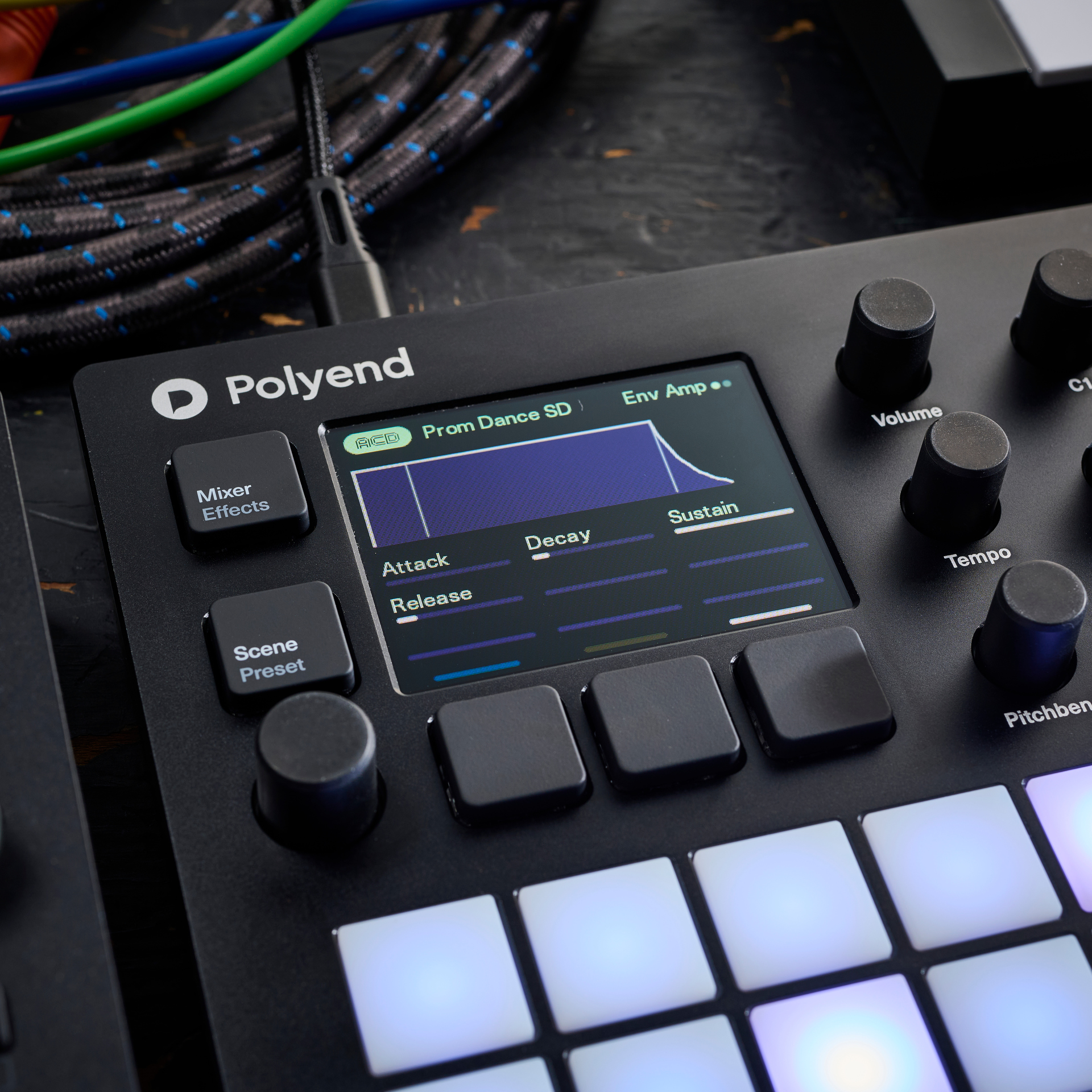
The 1.3 update also adds a variety of other new features, refinements and bug fixes. Most notable of these are new options to customise the colour coding of the pad grid, as well as new grid layouts that make it easier to play Synth’s three engines simultaneously.
There’s also expanded MIDI capabilities, with a new MIDI Engine that allows users to save and load custom CC mappings, plus support for using poly aftertouch and channel pressure with external devices.
The firmware update and content pack is available for all users to download from the Polyend website. Synth itself is available now priced at $549. Revisit our original review below.

I'm the Managing Editor of Music Technology at MusicRadar and former Editor-in-Chief of Future Music, Computer Music and Electronic Musician. I've been messing around with music tech in various forms for over two decades. I've also spent the last 10 years forgetting how to play guitar. Find me in the chillout room at raves complaining that it's past my bedtime.
You must confirm your public display name before commenting
Please logout and then login again, you will then be prompted to enter your display name.
